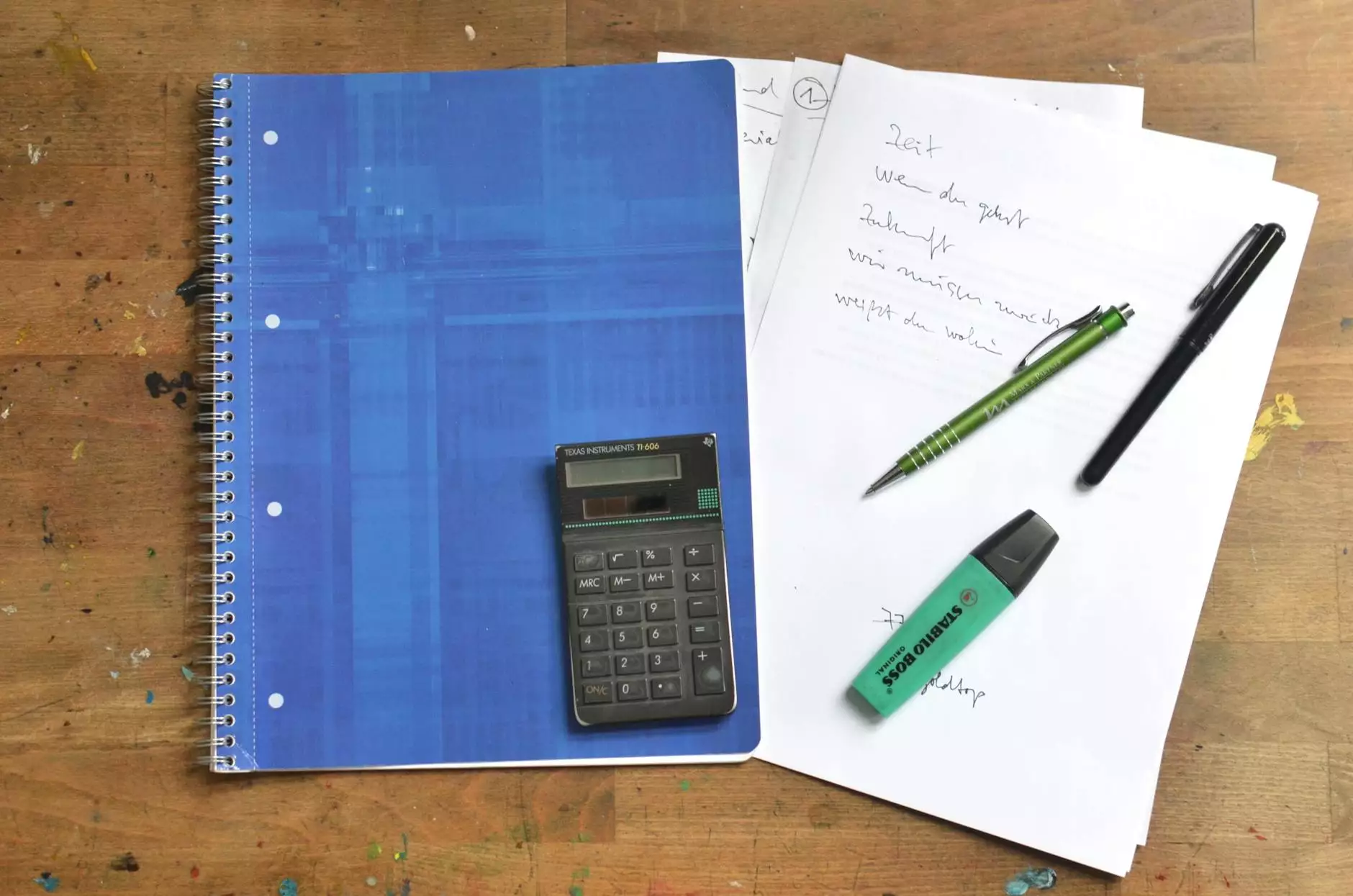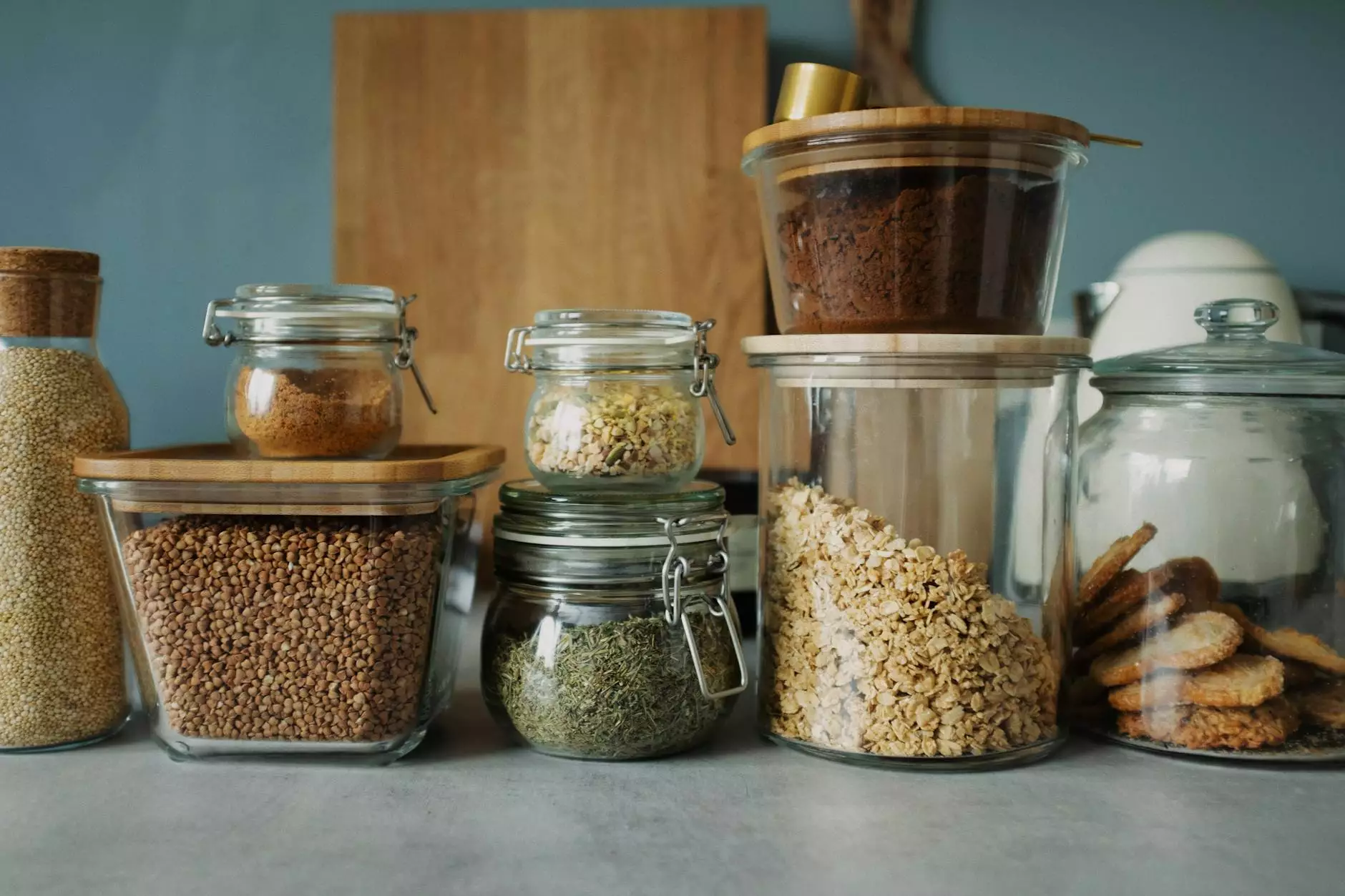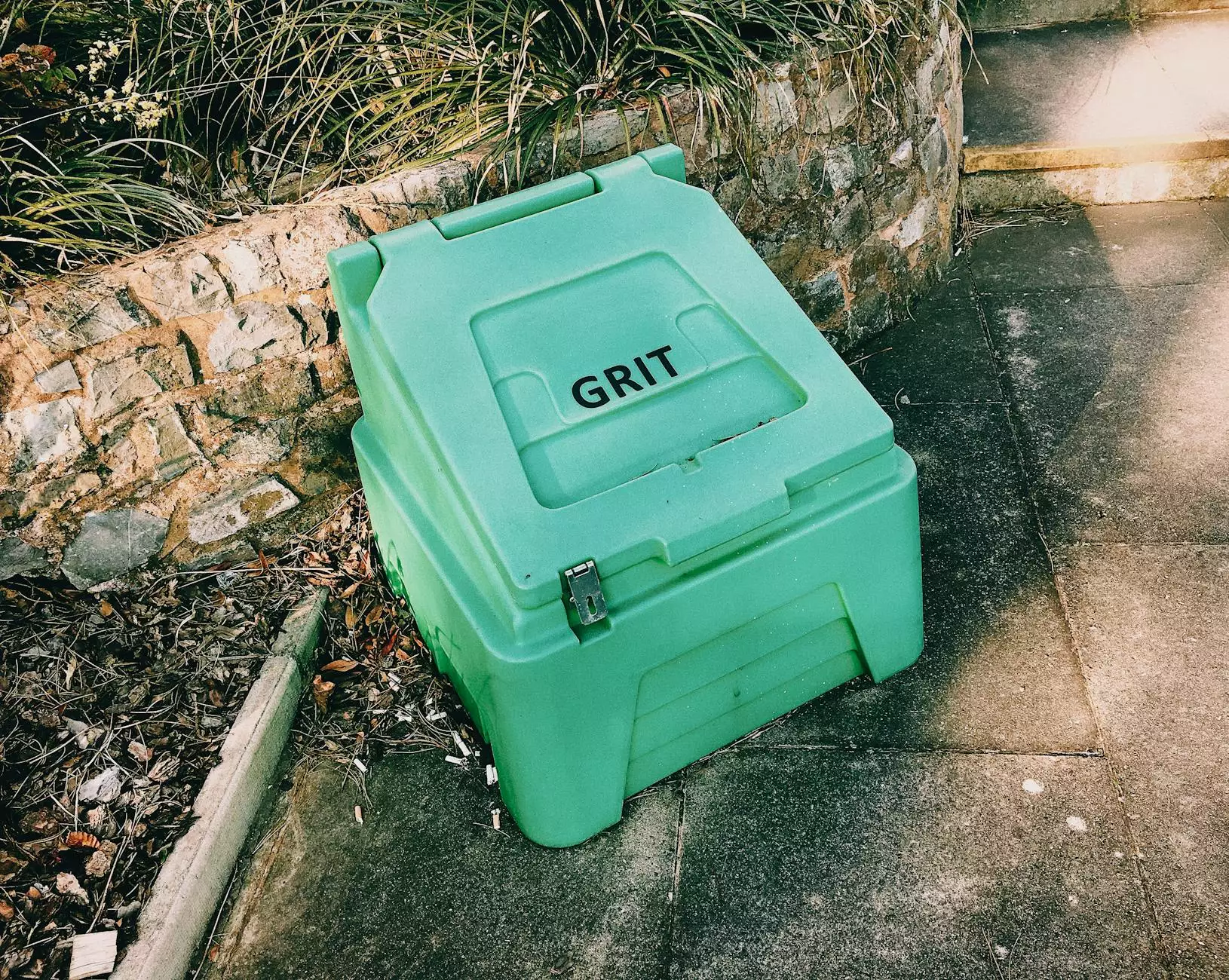How To Organize Your Refrigerator - Step-By-Step Project
Home Transformations
Introduction
Welcome to Best DIY Furniture Paint's step-by-step guide on how to organize your refrigerator! Keeping your fridge tidy and well-organized not only helps with efficiency but also ensures your food stays fresh for longer. In this comprehensive guide, we will provide you with valuable tips and techniques to transform your refrigerator into a functional and organized space.
Why is Refrigerator Organization Important?
Proper organization of your refrigerator is essential for several reasons. First, it maximizes the available space, allowing you to store more items efficiently. Second, it helps you locate and access items easily, reducing the risk of food waste. Third, a well-organized fridge makes it easier to maintain cleanliness and hygiene. Lastly, organizing your refrigerator can save you time and energy spent searching for ingredients, making meal preparation a breeze.
Step 1: Empty and Clean
Before diving into organizing, start by emptying your refrigerator completely. Discard any expired or spoiled items. Next, remove all shelves, drawers, and other removable components for a thorough cleaning. Use a mild detergent or a mixture of vinegar and water to wipe down the interior surfaces. Once clean, dry the fridge and its components completely before proceeding to the next step.
Step 2: Categorize and Group
When organizing your refrigerator, it's helpful to categorize and group similar items together. Start by separating fruits, vegetables, dairy products, meats, condiments, beverages, and leftovers. By categorizing your items, you can better determine which areas of the fridge are best suited for each category, optimizing accessibility and minimizing cross-contamination.
Step 3: Utilize Adjustable Shelving
Most modern refrigerators come with adjustable shelving options. Take advantage of this feature to customize your fridge based on your needs. Adjust shelves to accommodate taller items such as bottles or containers. Make sure to leave ample space between shelves for proper air circulation, promoting even cooling.
Step 4: Optimize Door Storage
The door shelves in your refrigerator are ideal for storing condiments, jars, and bottles. However, be mindful of the fluctuating temperatures in this area. Items requiring constant refrigeration, like dairy products, should be placed on the main shelves to ensure they stay fresh for longer.
Step 5: Properly Store Fruits and Vegetables
Fruits and vegetables are essential components of a healthy diet. To keep them fresh and crisp for an extended period, store them in the crisper drawers of your refrigerator. These drawers maintain an ideal humidity level, preserving the quality of produce. Remember to remove any excess moisture or wilted leaves from the vegetables before storing them to prevent spoilage.
Step 6: Label and Date
Labeling and dating your refrigerated items can be incredibly beneficial, especially for leftovers and prepared foods. Use adhesive labels or masking tape to indicate the contents and date of storage. This practice helps you keep track of freshness and reduces the chances of consuming expired food.
Step 7: Regular Maintenance
Maintaining an organized refrigerator requires consistent effort. Make it a habit to regularly check for expired items and remove any spoiled food promptly. Wipe down spills or stains as soon as they occur. Additionally, keep an eye on the temperature settings and ensure they are optimal for food preservation.
Conclusion
Congratulations on successfully organizing your refrigerator! By following the step-by-step guide provided by Best DIY Furniture Paint, you have created an efficient and functional space for your food storage. Remember to maintain your newly organized fridge regularly and make adjustments as needed. Enjoy the benefits of a well-organized refrigerator, such as reduced food waste, easy access to ingredients, and a more enjoyable cooking experience!
Best DIY Furniture Paint - eCommerce & Shopping - Furniture










